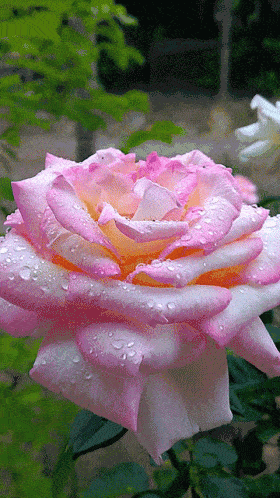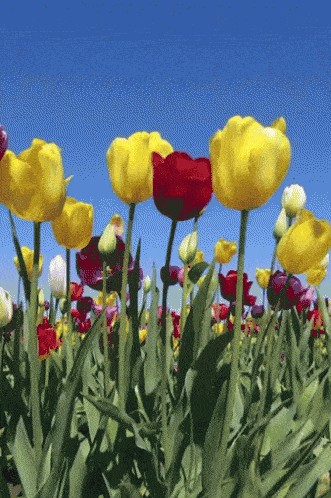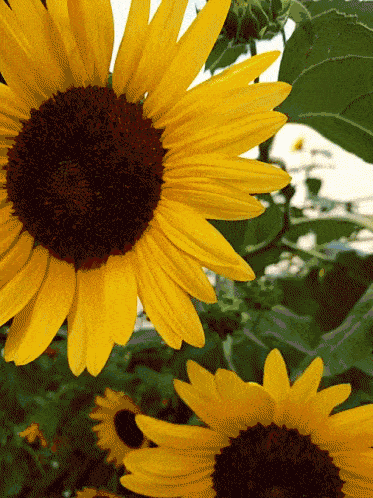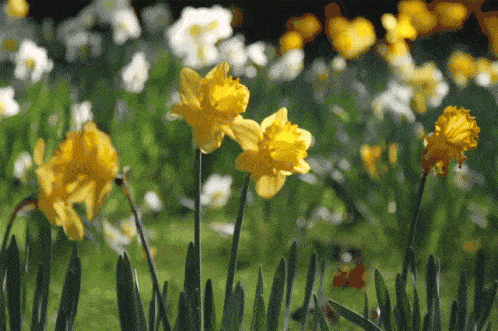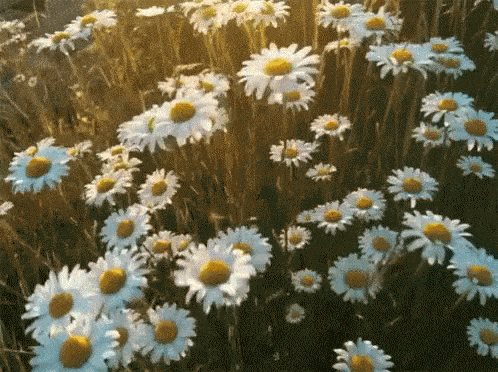Which animal reflects your personality the best way?
Advertisement - Scroll to continue
What's your favourite type of house?
What is the superpower you would like to have?
What's your favorite music genre?
What character would you be in the Disney world?
What is your favourite type of footwear?
Advertisement - Scroll to continue
What's your favorite school subject?
Do you like being surrounded by people?
What's your favourite part of the day?
Which kind of art do you like the most?
Which of your senses is the most sensitive?
Advertisement - Scroll to continue
What are your favorite sweets?
What color is your personality?
What's your favorite tea?
How are you most of the time?
What kind of books do you read most often?
Advertisement - Scroll to continue
Which country is your favorite?
When on vacation, what do you take the most pictures of?
What would you be as a fruit?
What kind of weather do you like the most?
Hey everyone! Have you ever wondered what kind of flower you are? Today you can find out the answer to this question. Read this text and then click on the start button.
“Flower” is from the Middle English flour, which referred to both the ground grain and the reproductive structure in plants, before splitting off in the 17th century. It comes originally from the Latin name of the Italian goddess of flowers, Flora. The early word for flower in English was blossom, though it now refers to flowers only of fruit trees.
A flower, sometimes known as a bloom or blossom, is the reproductive structure found in flowering plants (plants of the division Angiospermae). The biological function of a flower is to facilitate reproduction, usually by providing a mechanism for the union of sperm with eggs. Flowers may facilitate outcrossing (fusion of sperm and eggs from different individuals in a population) resulting from cross-pollination or allow selfing (fusion of sperm and egg from the same flower) when self-pollination occurs.
The two types of pollination are self-pollination and cross-pollination. Self-pollination happens when the pollen from the anther is deposited on the stigma of the same flower, or another flower on the same plant. Cross-pollination is the transfer of pollen from the anther of one flower to the stigma of another flower on a different individual of the same species. Self-pollination happens in flowers where the stamen and carpel mature at the same time, and are positioned so that the pollen can land on the flower’s stigma. This pollination does not require an investment from the plant to provide nectar and pollen as food for pollinators.
Some flowers produce diaspores without fertilization (parthenocarpy). Flowers contain sporangia and are the site where gametophytes develop. Many flowers have evolved to be attractive to animals, causing them to be vectors for the transfer of pollen. After fertilization, the ovary of the flower develops into fruit-containing seeds.
In addition to facilitating the reproduction of flowering plants, flowers have long been admired and used by humans to bring beauty to the environment, and also as objects of romance, ritual, esotericism, witchcraft, religion, medicine, and as a source of food.
The morphology of a flower or its form and structure can be considered in two parts: the vegetative part, consisting of non-reproductive structures such as petals; and the reproductive or sexual parts. A stereotypical flower is made up of four kinds of structures attached to the tip of a short stalk or axis, called a receptacle. Each of these parts or floral organs is arranged in a spiral called a whorl. The four main whorls (starting from the base of the flower or lowest node and working upwards) are the calyx, corolla, androecium, and gynoecium. Together the calyx and corolla make up the non-reproductive part of the flower called the perianth, and in some cases may not be differentiated. If this is the case, then they are described as tepals.
Many flowering plants reflect as much light as possible within the range of visible wavelengths of the pollinator the plant intends to attract. Flowers that reflect the full range of visible light are generally perceived as white by a human observer. An important feature of white flowers is that they reflect equally across the visible spectrum. While many flowering plants use white to attract pollinators, the use of color is also widespread (even within the same species). Color allows a flowering plant to be more specific about the pollinator it seeks to attract. The color model used by human color reproduction technology (CMYK) relies on the modulation of pigments that divide the spectrum into broad areas of absorption. Flowering plants by contrast can shift the transition point wavelength between absorption and reflection. If it is assumed that the visual systems of most pollinators view the visible spectrum as circular then it may be said that flowering plants produce color by absorbing the light in one region of the spectrum and reflecting the light in the other region. With CMYK, color is produced as a function of the amplitude of the broad regions of absorption. Flowering plants by contrast produce color by modifying the frequency (or rather wavelength) of the light reflected. Most flowers absorb light in the blue to yellow region of the spectrum and reflect light from the green to red region of the spectrum. For many species of flowering plants, it is the transition point that characterizes the color that they produce. Color may be modulated by shifting the transition point between absorption and reflection and in this way a flowering plant may specify which pollinator it seeks to attract. Some flowering plants also have a limited ability to modulate areas of absorption. This is typically not as precise as control over wavelength. Human observers will perceive this as degrees of saturation (the amount of white in the color).
Which flower suits your character? Do any of them particularly reflect your characteristics? Answer twenty questions in this quiz and see for yourself. You’ll never look at flowers the same way again.

